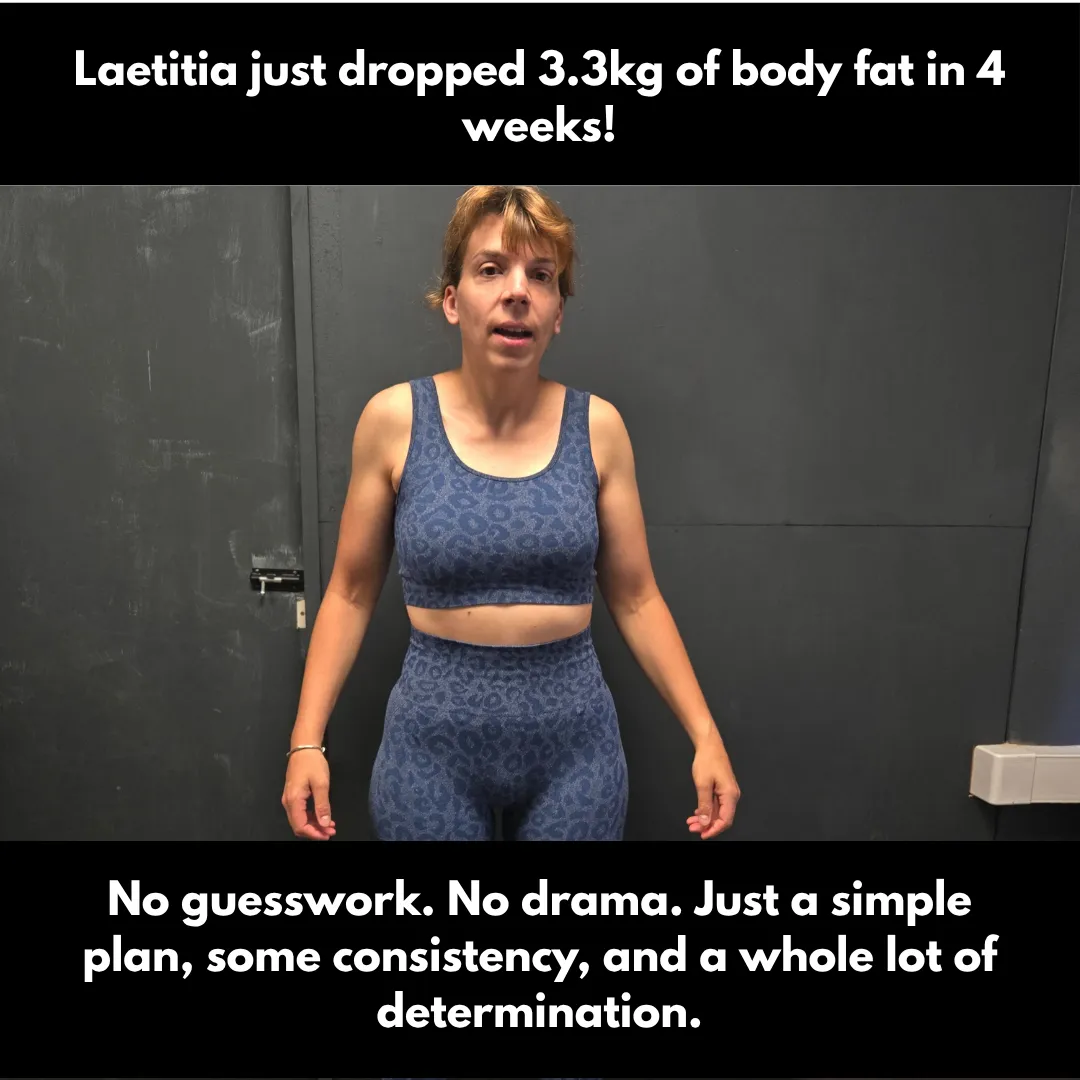Bicester's #1 Body Transformation Centre
Discover Your Best Self with Personalised Nutrition, Fitness, Support In A Private Gym In Bicester

Breaking the Plateau: Why Your Weight Loss Stopped and How to Fix It
"Your Scale is Stuck: Here’s How to Unstick It"
Ever felt like your weight loss journey has slammed into a brick wall? You're crushing your workouts, eating “clean,” and still, the scale won’t budge. Frustrating, right? This is what we call a weight loss plateau, and while it might make you want to rage-eat a pint of ice cream, there’s good news: it’s fixable. But first, let’s talk about why these plateaus happen. Spoiler alert—it’s not your metabolism throwing a tantrum (well, not entirely).
Table of Contents
What Causes Weight Loss Plateaus?
Metabolic Adaptation
Muscle Loss
Hormonal Changes
Behavioral Drift
How to Break Through a Weight Loss Plateau
Review and Adjust Caloric Intake
Revamp Your Training
Use Periodization
Address Lifestyle Factors
What Causes Weight Loss Plateaus?
Before we dive into strategies, let’s understand the culprits behind these plateaus.
1. Metabolic Adaptation: Your Body’s Energy-Saving Mode
Lower Energy Expenditure: As you lose weight, your body burns fewer calories because there’s less of you to maintain. Plus, your basal metabolic rate (BMR) naturally decreases.
Adaptive Thermogenesis: Your body might slash energy output more than expected, a leftover survival mechanism from our caveman days.
2. Muscle Loss: The Silent Saboteur
If your weight loss plan skips resistance training or skimps on protein, you’re likely losing muscle along with fat. And since muscle burns more calories than fat, this works against you.
3. Hormonal Changes: Hunger Hormones Gone Wild
Leptin Drops: Less fat means less leptin, which signals satiety. Translation? You’re hungrier.
Ghrelin Increases: This “hunger hormone” ramps up, making it harder to stick to your plan.
4. Behavioral Drift: Sneaky Calories and Lazier Moves
Over time, you might unknowingly eat slightly more or move a bit less, shrinking your calorie deficit.
Even tiny habits like skipping a walk or adding an extra snack can snowball into a plateau.
How to Break Through a Weight Loss Plateau
Here’s where we roll up our sleeves and get to work. These strategies will help you kick your progress back into gear.
1. Review and Adjust Your Caloric Intake
Track Everything: Use apps like MyFitnessPal to log meals and ensure you’re staying within your target.
Tweak the Deficit: If your current calorie deficit isn’t cutting it, reduce your intake slightly (100-200 calories) or prioritize lower-calorie, nutrient-dense foods.
Focus on Quality: Fill your plate with high-fiber veggies, lean proteins, and whole grains to stay full longer.
2. Revamp Your Training
Lift Heavy Stuff: Progressive overload (increasing weights or reps) builds muscle, boosting your metabolism.
Switch Up Cardio: Add intervals or increase your session duration to burn more calories.
Move More Daily: Aim for at least 10,000 steps per day to bump up non-exercise activity.
3. Use Periodization: Give Your Body (and Mind) a Break
Diet Breaks: Temporarily increase calories to maintenance for a week or two to reset hunger hormones.
Training Deloads: If workouts feel like a slog, reduce intensity or volume for a week.
4. Address Lifestyle Factors
Sleep It Off: Poor sleep messes with hormones that control hunger and fat storage.
De-Stress: Chronic stress spikes cortisol, which encourages fat storage, especially around your belly.
The Role of Mindset and Patience
Weight loss isn’t linear—it’s more like a roller coaster. Plateaus are part of the process, not a sign of failure. Stay consistent, focus on small, sustainable changes, and remember: progress isn’t just measured on a scale. Celebrate non-scale victories like better energy, improved fitness, and smaller jeans.
Actionable Tips to Get Back on Track
Quick Wins
Reassess Portions: Break out the food scale for a week. You might be underestimating.
Change One Thing: Add 15 minutes of cardio, increase protein, or drop one snack. Small changes add up.
Hydrate: Sometimes your body’s “hunger” is just thirst. Aim for 2-3 liters of water daily.
Long-Term Fixes
Periodically Reassess: Every 4-6 weeks, check in with your diet and training plan.
Seek Support: A coach or accountability buddy can keep you honest and motivated.
Mix It Up: New foods, new exercises, and new routines can re-ignite your excitement.
Conclusion: The Plateau Isn’t Permanent
Weight loss plateaus are frustrating, but they’re also temporary. By understanding why they happen and implementing these strategies, you’ll be back on track in no time. Remember, consistency beats perfection, and the journey to your goals is about adapting, not quitting. Now go crush it—you’ve got this!











12 Month Transformation


Copyright 2026 | 1st4Fitness LTD | All Rights Reserved | Privacy Policy | Terms & Conditions


